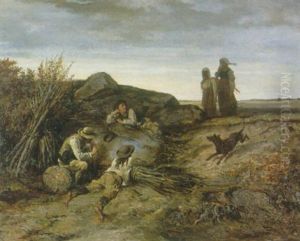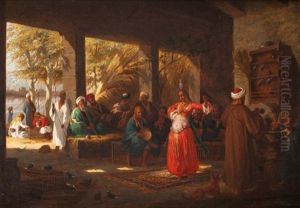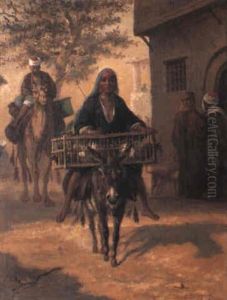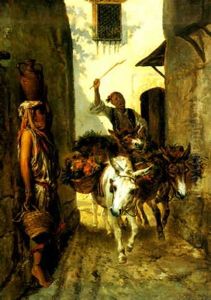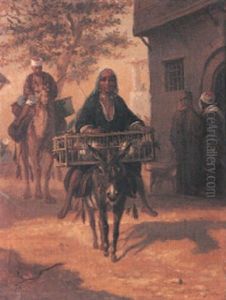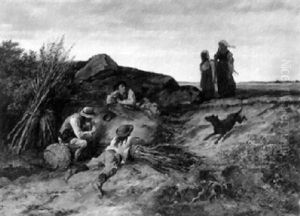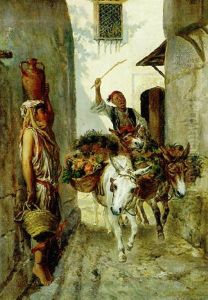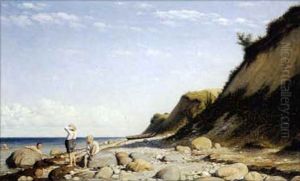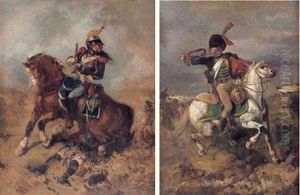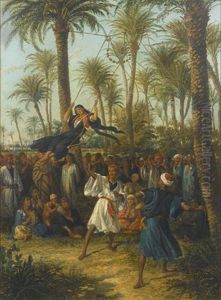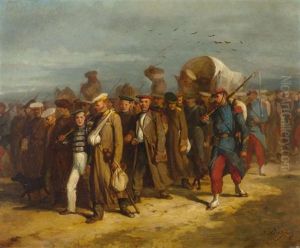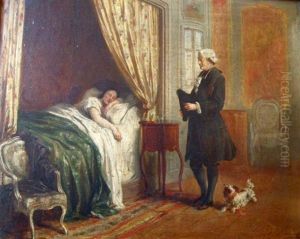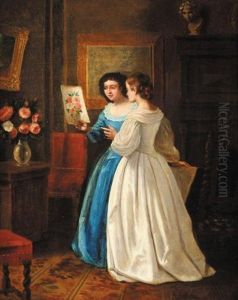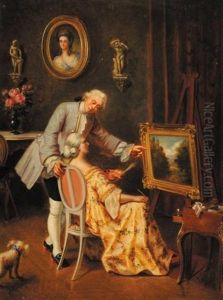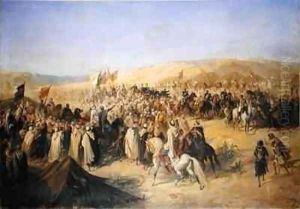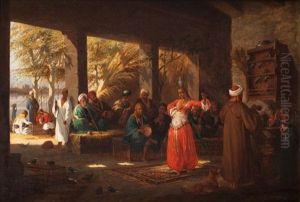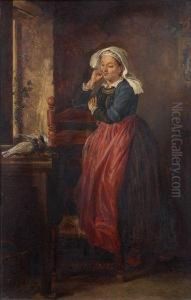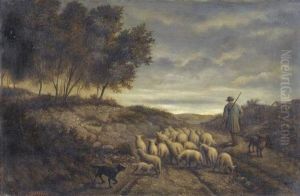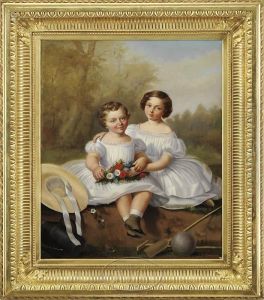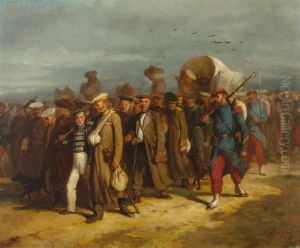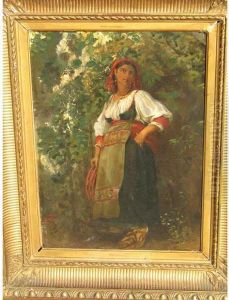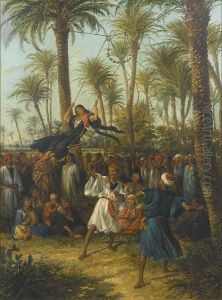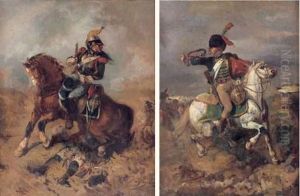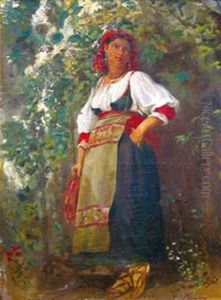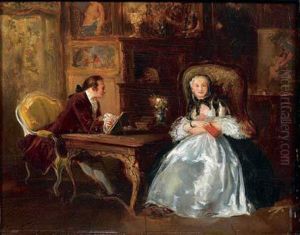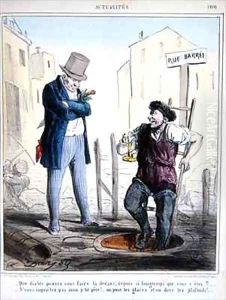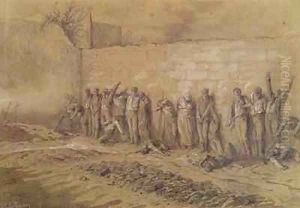Alfred Henri Darjou Paintings
Alfred Henri Darjou was a French artist, born in 1832 in Paris, France, and known for his work as an illustrator and caricaturist during the 19th century. His career flourished in a time when the art of illustration and caricature held significant social and political influence in France, particularly during the Second Empire and early Third Republic.
Darjou's early life was steeped in the vibrant cultural milieu of Paris, where he was exposed to the city's rich artistic traditions. He began his career as an illustrator, contributing to various newspapers and periodicals. His work was characterized by a keen observation of society and a sharp wit, elements that made his illustrations both popular and influential. Darjou was particularly adept at caricature, a form that allowed him to critique and satirize the political and social issues of his time with humor and insight.
Throughout his career, Darjou contributed to several significant publications, including 'Le Charivari', a prominent French satirical magazine. His illustrations often featured political figures and social elites, serving as a mirror to the societal changes and tensions of the era. Despite the prevalence of political themes, Darjou's work was not limited to satire. He also produced illustrations for books and other literary works, showcasing his versatility and breadth as an artist.
Darjou's artistic contributions were part of a broader movement in France that saw the rise of illustrated press. This period was marked by significant technological advancements in printing and publishing, which expanded the reach and impact of illustrated works. Darjou, along with contemporaries like Honoré Daumier and Gustave Doré, played a crucial role in elevating the status of illustration and caricature in the arts.
Sadly, Alfred Henri Darjou's career was cut short when he died in 1874, at the age of 42. Despite his relatively brief career, Darjou left behind a significant legacy in the world of French illustration. His work continues to be studied and admired for its artistic quality and its insightful commentary on the society of his time.
